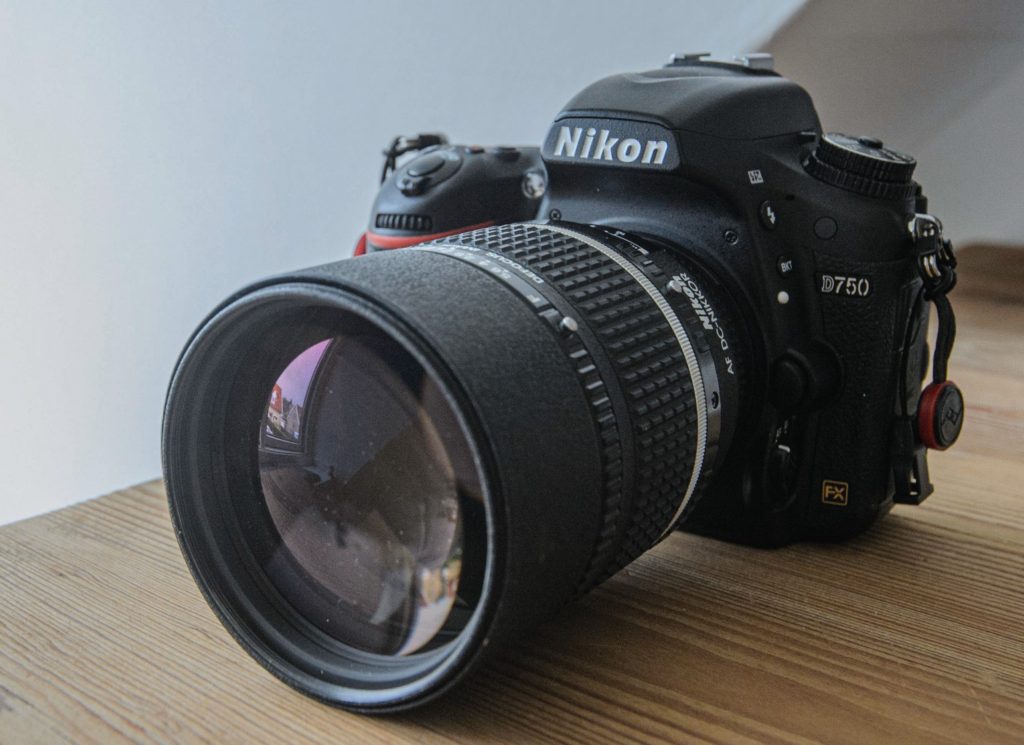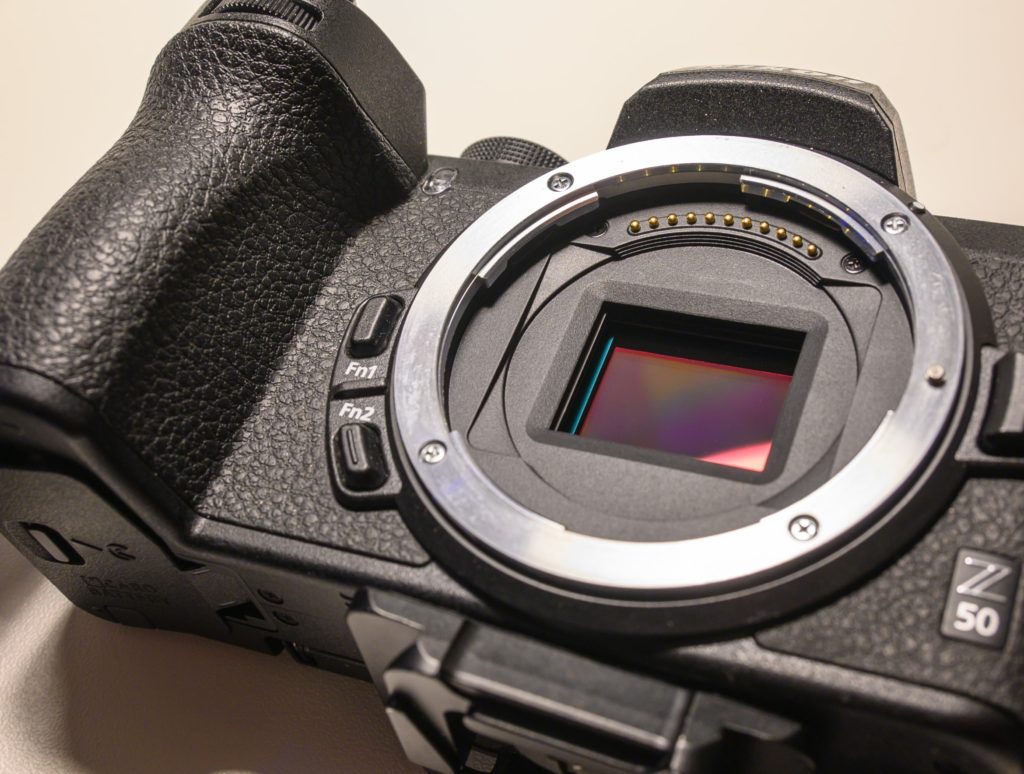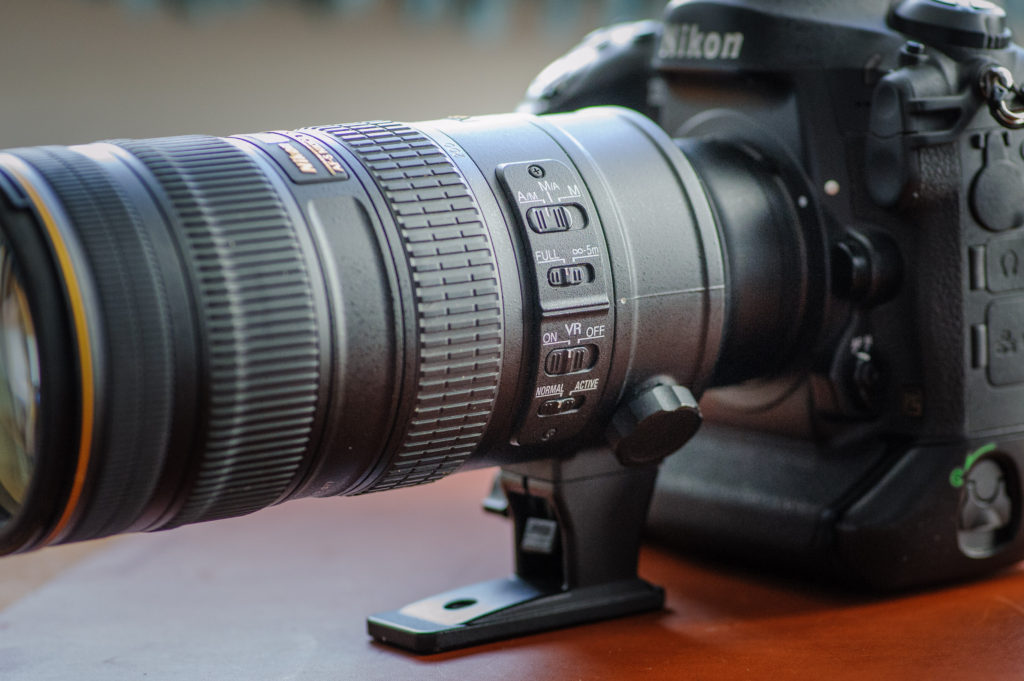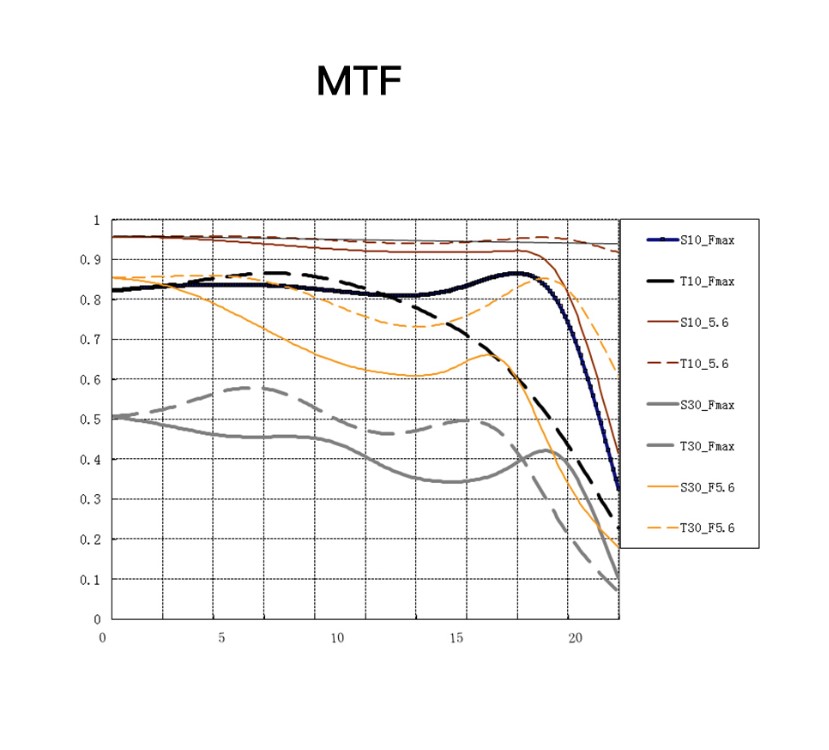To speed or not to speed
There are arguments for and against a fast (or faster lens), and in this short blog I want to go through some of the pro and cons of a fast lens. I will not make a recommendation, as I think the decision is yours as you have to live with the consequences of the choice you make, not me. So I think it is important that the decision stays with the decision maker: you.
Fast versus less fast

Fast glass is glass that will allow you to go to a small f-stop number i.e. a large aperture. This is also referred to as shooting wide, as the lens’ aperture blades are opening up as wide as they can to make use of all the glass in the lens. When you have fast glass, the glass will allow you to shoot at fast shutter speeds, as the exposure time can be kept down (= fast) because the lens takes in a lot of light.
There is not absolute definition of what fast glass is, but I would say that from around f/2 and wider (say f/1.4 or f/1.2) we are talking very fast glass. And some glass can go down to f/0.95, but when talking Nikon, I believe their fastest glass is the 50mm f/1.2.
One characteristic of fast glass is that the front glass is BIG, and the longer the lens, the bigger it gets. For a short lens like 24mm, you will probably not notice if the glass is f/2.8 or f/2, but the longer the lens gets, the more “crazy” big the front glass gets. You have probably seen bird or wildlife photographers with long, long lenses and crazy big glass at the far end of the lens. They need all the light they can get to freeze a bird in flight with a fast shutter speed.
Weight and size
This brings me to the first point about fast glass: it is heavy, and you will need to be prepared to carry a significant weight if you want to have fast glass. And the longer the lens, the worse it gets. Secondly, the sad observation is that ONLY when you shoot very wide will you benefit from the glass at the edges of the lens – the rest of the time you only use the center part. So if you shoot wide very seldom, you will carry a lot of glass for some very rare occasions. It may not be worth it, if weight is important to you.
Lens design and image quality
I am no expert on lens design, but I have shot with so many different lenses that I can tell that the wider the lens gets, the more difficult it is for lens designers to maintain the good characteristics you see when you are shooting with middle-of-the-road apertures. Lenses wide open often suffer from being soft overall, being extra soft in the corners and if you shoot into the sun or stark contrast, these lenses also tend to suffer from chromatic aberrations to a significant degree. If you are willing to buy an expensive lens, then the lens designers can mitigate these issues, but – as far as I can tell – there is something that makes a fast lens difficult to design with good control of sharpness and aberrations. You can study the MTF chart of the lens to get an idea about how it performs wide open.
Depth of field
Shooting wide gives a wonderful shallow depth of field, and if that is what you are after, then a fast lens can be wonderful. However, be mindful that depth of field is not only a question of aperture, but also distance to the subject. So you can actually get a shallow depth of field if you (zoom out and) move close to your subject. Of course this may not work if you are shooting with a prime, but try it out and see if moving close to your subject will give you the depth of field you seek. Any macro photographer is suffering the opposite issue: even though they are shooting at say f/22, they are so close to the subject that the depth of field is super shallow anyway!

Better sensors
The world moves forward, we get better and better technology, and the image sensors in cameras are no different. Today they can be “starved” with light and still come out with decent results. I think this is both due to the sensors getting better and better, but also because the noise reduction software in the cameras gets more and more advanced and can do computing that is much more advanced than just 10 years ago.

I often shoot at ISO 800 with no problem, and I know that I can go higher. So to some extend a modern sensor can compensate for a lens that does not take in much light. And that is why you will see that more and more new lenses are designed with a not-so-impressive maximum aperture. Lens designers prioritize other factors (weight, size, etc) over the speed of the lens.
Price
As you have probably guessed, the price if a fast lens is high, simply because there is more or larger glass involved. You can get fast glass that is not too pricey, but I ask you to study the MTF charts before you invest! You may find that the lens quality wide open is not what you hoped fore. Many lens producers use the speed of the lens as a marketing tool, and hence the engineers are pressured to design a fast lens with the image quality being second to the speed. So learn how to read an MTF diagram, and study it well before you invest.
Psychology
The last thing I want to mention is pure psychology, and maybe not much to do with the images you bring home. But if you can choose between say a f/2.8 lens and a f/4 lens, and you go for the f/4, then every time you come home with an image that suffers from either camera shake or subject blur, you will ask yourself if this was because you did not go with the fastest lens alternative. If you buy the fastest and the best lens of the two, then you have taken out that excuse and know that the issue is due to you and not your gear.
Conclusion
I hope the above was useful. I may just have confused you at a higher level, but I hope you see my point that I really don’t want to make the decision for you. I hope this post has helped you make a (more) informed decision – best of luck!



Very very helpful. The paragraph ‘Psychology’ helped me to come to a decision. Its going to be the f2.8 – the more expensive – then I have no excuse Thank you very much for this Frederik.
Thank you very much for this Frederik.